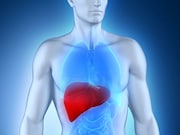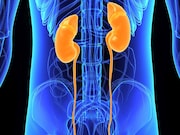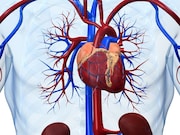December 2018 Briefing – Gastroenterology
Here are what the editors at HealthDay consider to be the most important developments in Gastroenterology for December 2018. This roundup includes the latest...
December 2018 Briefing – Family Practice
Here are what the editors at HealthDay consider to be the most important developments in Family Practice for December 2018. This roundup includes the...
December 2018 Briefing – Diabetes & Endocrinology
Here are what the editors at HealthDay consider to be the most important developments in Diabetes & Endocrinology for December 2018. This roundup includes...
December 2018 Briefing – Dermatology
Here are what the editors at HealthDay consider to be the most important developments in Dermatology for December 2018. This roundup includes the latest...
December 2018 Briefing – Cardiology
Here are what the editors at HealthDay consider to be the most important developments in Cardiology for December 2018. This roundup includes the latest...
December 2018 Briefing – Allergy
Here are what the editors at HealthDay consider to be the most important developments in Allergy for December 2018. This roundup includes the latest...
Nurse-Led Program in Primary Care Can Up Detection of Liver Dz
More incident cases identified in intervention arm with nurse-led primary care-based liver clinics
Incidence of End-Stage Kidney Disease Up in Australia
Incidence increased for nonindigenous people with type 2 diabetes; greatest increase for under 50s, over 80s
Catheter Ablation Tops Drug Therapy for A-Fib in Heart Failure
Meta-analysis shows 6.95 percent increase in LVEF with ablation
Long-Term Reduction in CRC Risk After Negative Colonoscopy
At 10-year rescreening interval, risks for colorectal cancer and related deaths significantly reduced









